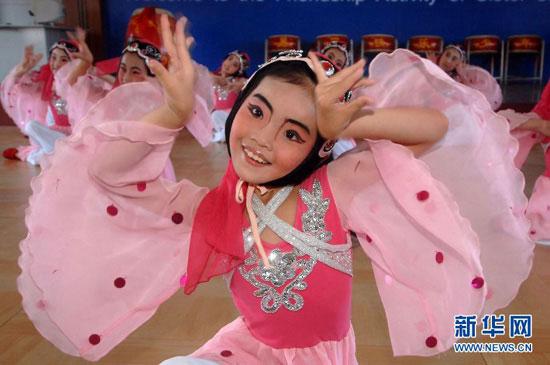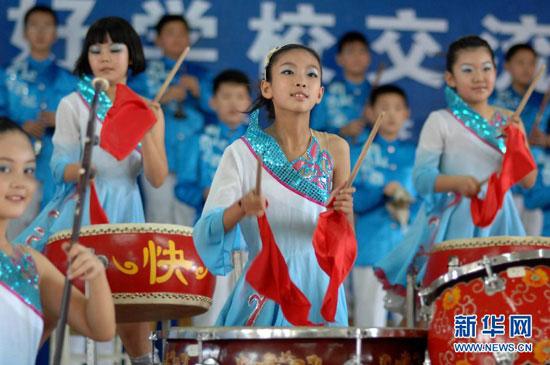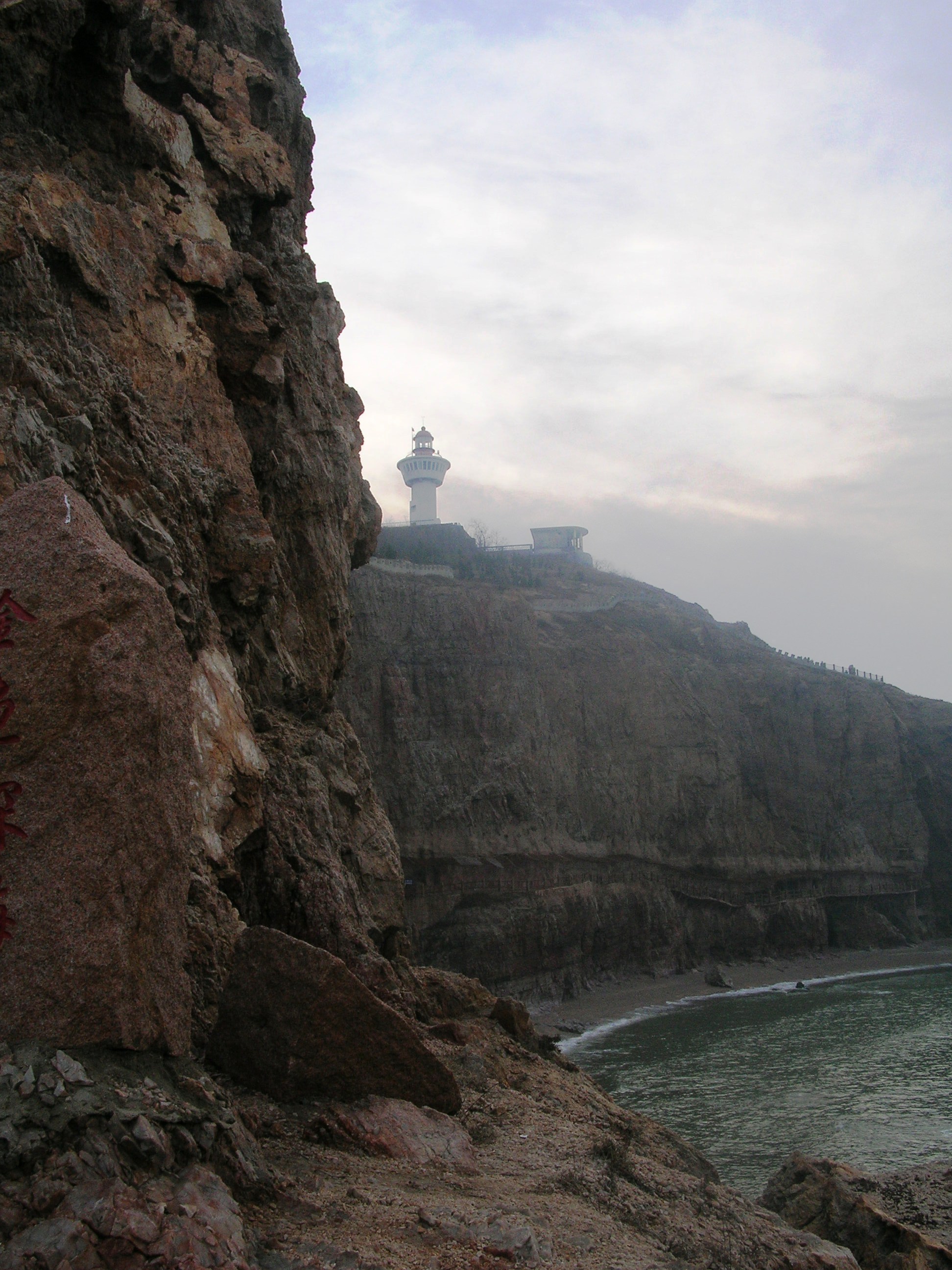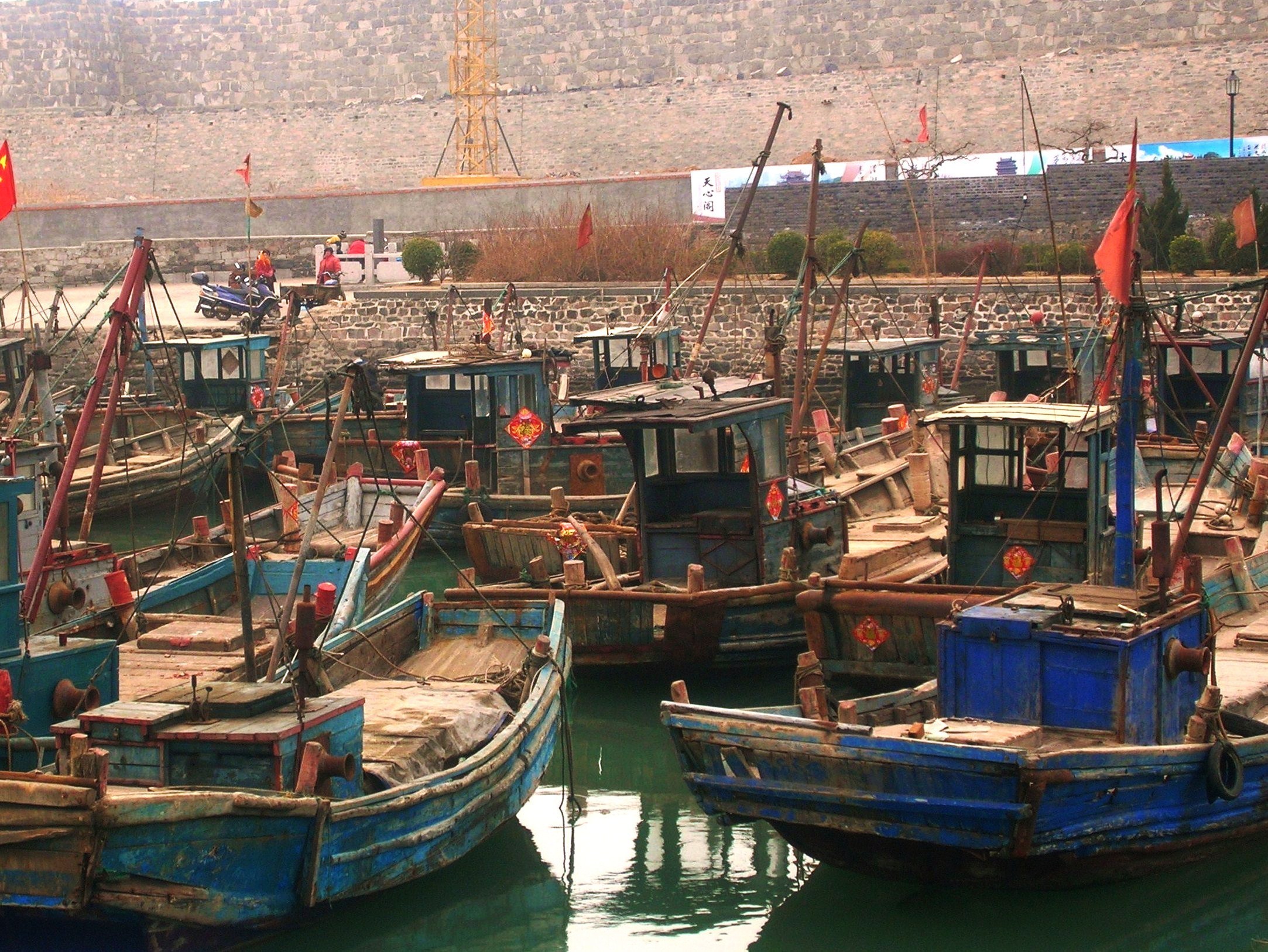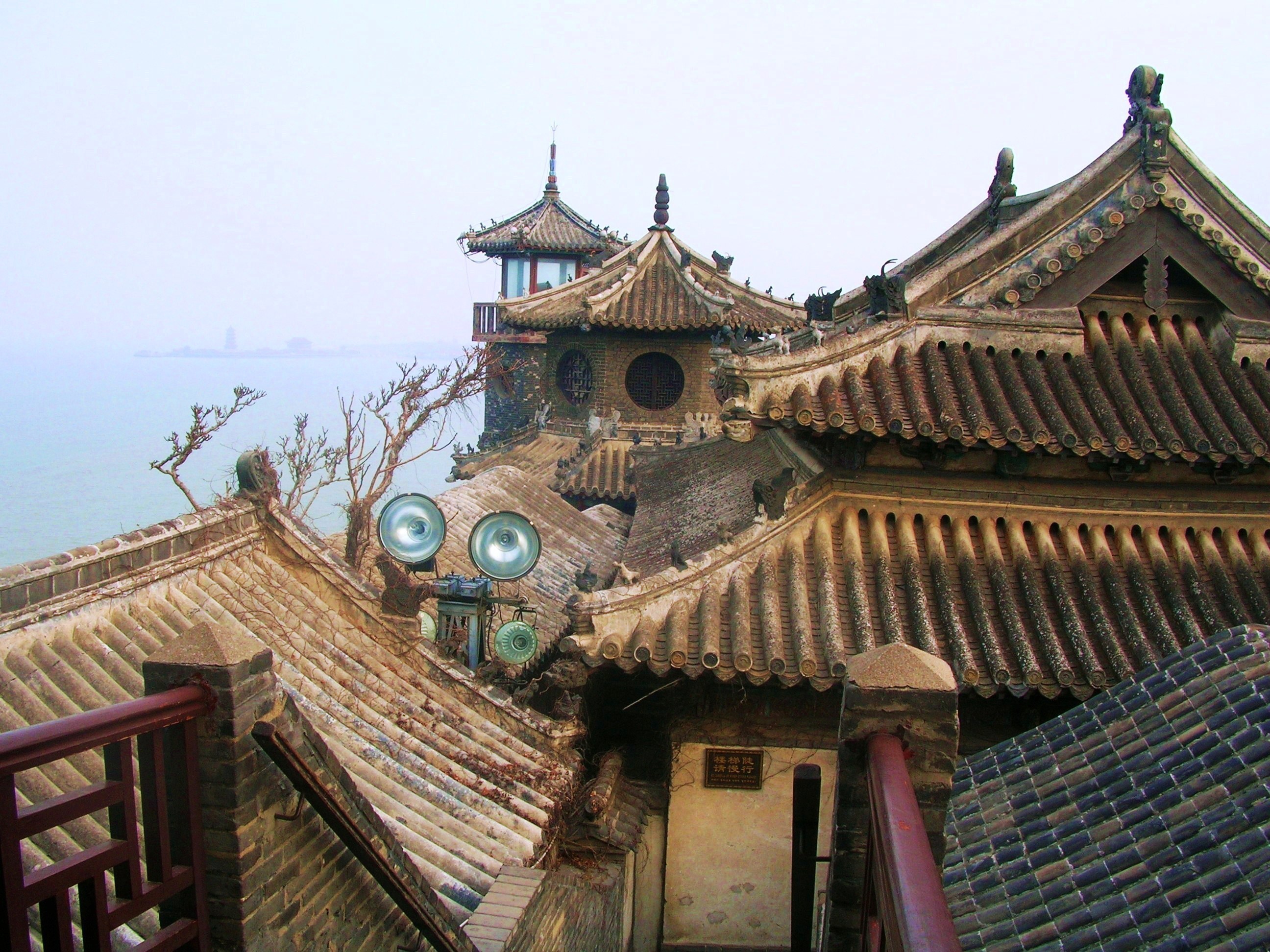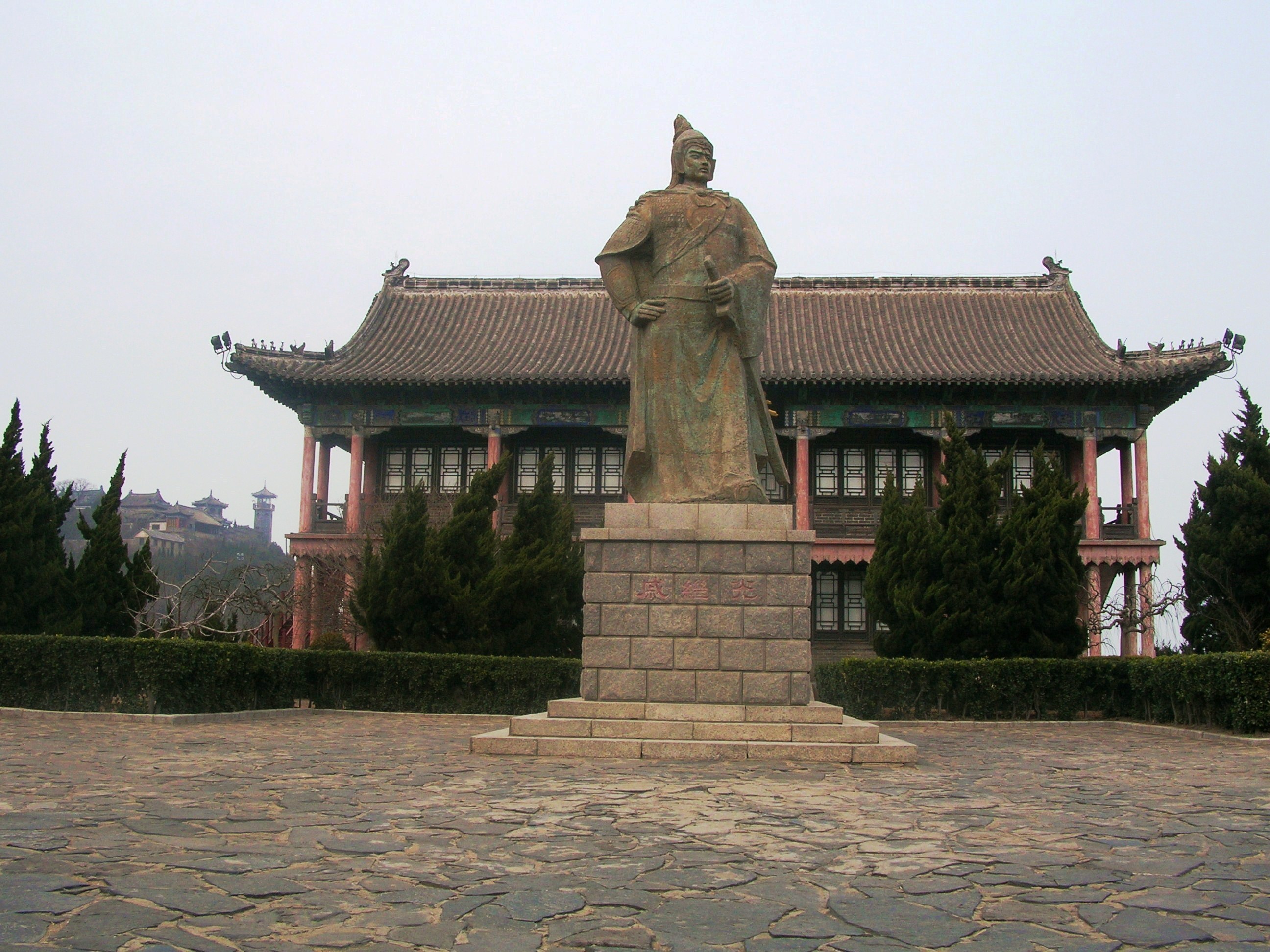Friday, August 26, 2011
The 10th International Youth Culture and Art Festival
The 10th "Ode to Peace" International Youth Culture and Art Festival kicked off in Penglai, a city in east China's Shandong Province on Aug. 23. A total of 120 teachers and students from six foreign schools, including Russia, South Korea, Thailand, Nepal and India, gathered happily together with 200 local teachers and students in Penglai. The event is called one of the world's largest gatherings for the pursuit of peace by UNESCO.
Sunday, June 26, 2011
Tuesday, May 10, 2011
2011 VINITECH & VINALIES China
VINALIES China 2011 is an international trade exhibition of grape growing, viticultural equipment, bottling and packaging held on 3-6July 2011 in Penglai, Shandong Province.
VINITECH Expo will be hosted from 6th to 7th in July as a very professional international exhibition, taking the forms of exhibition, forum and product presentation.
More information on :
Winechina
Cnwinenews
China Wine Information
Thursday, August 26, 2010
Penglai Pavilion
 Perched on the Danya Mountain of southwestern Penglai County, the Penglai Pavilion occupies 3.38 hectares, and is shaded with green pines and verdant cypresses. Near to the sea, it is always shrouded by the cloud and mist, and thus the pavilion is called the fairyland on earth. Moreover, the legend and myth of the First Emperor of Qin searching for immortals and elixir as well as the eight immortals crossing the sea increase much mystery for the pavilion.
Perched on the Danya Mountain of southwestern Penglai County, the Penglai Pavilion occupies 3.38 hectares, and is shaded with green pines and verdant cypresses. Near to the sea, it is always shrouded by the cloud and mist, and thus the pavilion is called the fairyland on earth. Moreover, the legend and myth of the First Emperor of Qin searching for immortals and elixir as well as the eight immortals crossing the sea increase much mystery for the pavilion.
Built during the Northern Song Dynasty, the Penglai Pavilion has existed for over nine hundred years. In the following dynasty since its debut, the pavilion had been enlarged and repaired to reach the current state. As a magnificent architectural complex of temple and gardens, the pavilion consists of some palaces, halls and temples. When climbing it, if you are lucky, you may watch the wonderful mirage.

Labels:
Danya Mountain,
Northern Song Dynasty,
pavilion,
Qing Dynasty
Thursday, June 17, 2010
Visions of immortal life in Penglai
Summer is the season for mirages in Penglai. Strange things have been seen rising from the water during the hotter months in this coastal city on the northern tip of Shandong Province.
The most recent full-scale apparition of the famous Penglai mirage may have been on Sunday, May 7, 2006. A report in the China Daily declared, "Rare Mirage Appears off East China Shore," and explained that "mists rising on the shore created an image of a city, with modern high-rise buildings, broad city streets and bustling cars as well as crowds of people all clearly visible." It was estimated that 30,000 people flocked to Penglai. The illusion was widely photographed and videotaped.
The Penglai mirage is one of the world's most frequently-occurring cases of fata morgana, a kind of optical illusion in which layers of mist at varying temperatures refract light in such a way that remote objects like buildings, cars and mountains are temporarily projected and magnified on the horizon from various directions.
Perhaps it is because of its frequent mirages that Penglai has been enveloped in folklore for thousands of years. It is often described as a "fairyland of the world." This is a translation of the Chinese phrase "renjian xianjing," which might be better translated into English as "place of immortals among humans."
In a way, Penglai represents to the Chinese what the Fountain of Youth represents to the western world: the futile quest for immortality on earth. The first emperor of China, Qin Shihuang, reputedly came here to launch an expedition in search of the elixir of life. He believed that the elixir was to be found on a sacred island off the coast near Penglai that may or may not have been a mirage. The sailors that he commissioned blamed their failure to obtain the elixir on vicious sharks, and the devastated emperor is said to have wandered up and down the coastline firing at sharks with a crossbow in revenge.
The great poet, politician and calligrapher Su Dongpo also sought immortality in Penglai more than a thousand years later. One version of his legend says that while wandering the streets of Penglai as prefect of Dengzhou during the Song Dynasty he saw a man whom he believed to be Lü Dongbin, one of the eight immortals of Taoism, because the openings on the receptacles that the man carried formed the shape of his name. Su Dongpo then followed the eight immortals, disguised as beggars, to the top of a pavilion where they enjoyed a drunken feast and then set off on a fantastic journey across the ocean, wielding their magical weapons to cross over the water. Su begged them to take him along as the ninth immortal, and although they yielded to his request he ultimately lacked the courage to leap out onto the water.
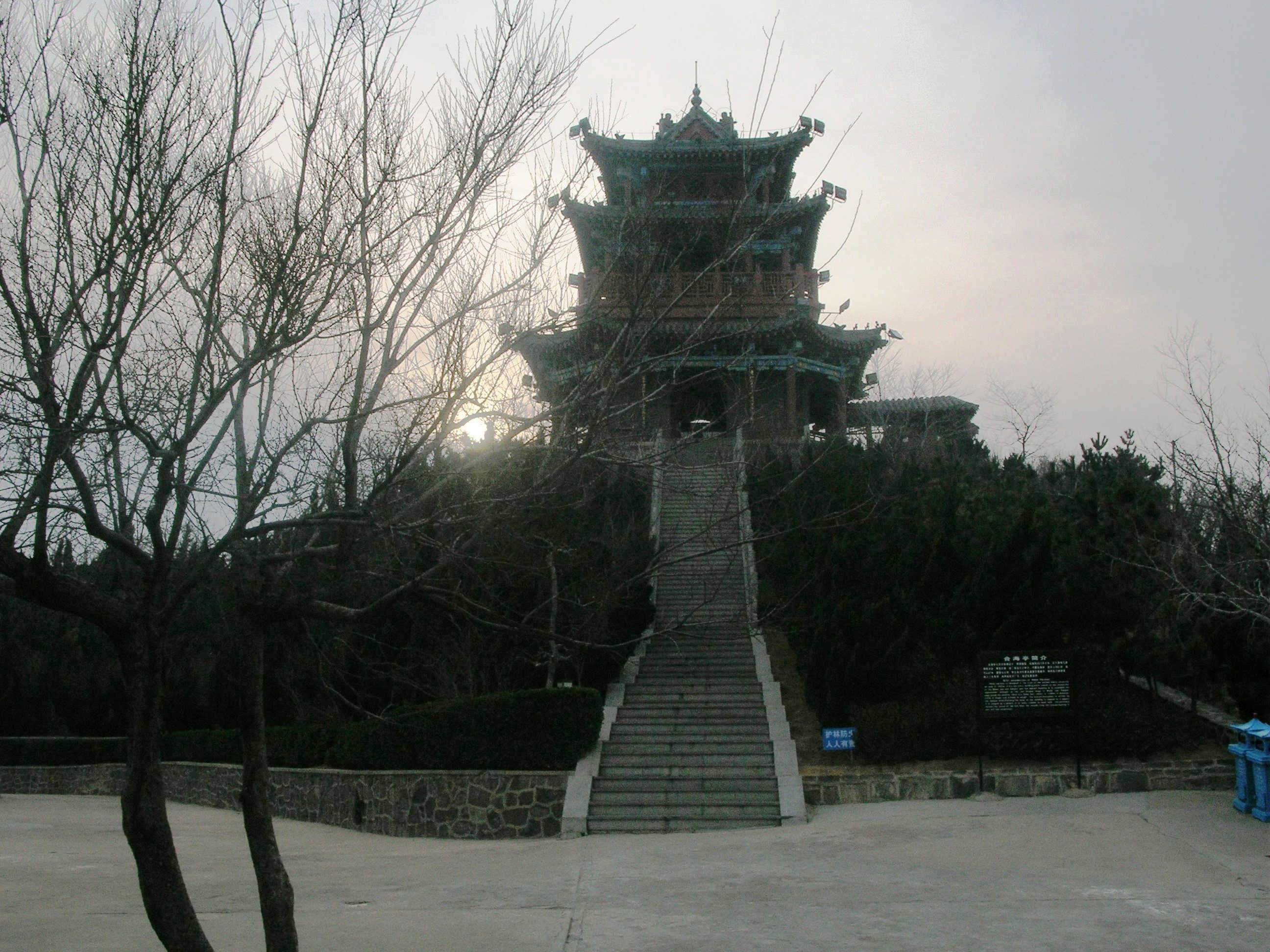 Hehai Pavilion marks the point where the dragon spirits of the Bohai Sea and the Yellow Sea meet. [Photo by Mark Frank]
Hehai Pavilion marks the point where the dragon spirits of the Bohai Sea and the Yellow Sea meet. [Photo by Mark Frank]There is more than just folklore in Penglai. For nearly 500 years it was a fairly illustrious city, divided into two parts by a moat and walls. The southern section of the city has now been replaced by modern architecture, but parts of its sea-hugging northern section have been preserved. Most impressive is the assortment of sites known as Penglai Pavilion, which borders on the ocean at the point where the Bohai Sea meets the Yellow Sea. It is a castle-like assortment of parapets, pathways and pavilions that cling to the cliffs.
Ida Pruitt, a daughter of American missionaries who grew up in Penglai, wrote that "two thousand years of stories and legends cling around the gray walls. It has been a city of great deeds but even more has it been the home of great men who have gone elsewhere for their great deeds."
Su Dongpo was one such man. Another was Qi Jiguang, the pirate hunter. During the Ming Dynasty, Penglai was a well-defended harbor with its own fleet of military junks. Qi cut his teeth as a military commander by battling Japanese pirate ships from Penglai as a high-ranking naval officer. He would later move to Zhejiang and eradicate most of the pirates of southeastern China, then battle the invading forces of Altan Khan in the north. There is now a statue of Qi Jiguang at Penglai Pavilion to commemorate his tenure there.
Adjust font size:
During the nineteenth century steamships replaced sail-powered ones and Penglai sank into virtual obscurity as most marine activity moved to the nearby deepwater port of Yantai. Today Penglai is a welcome escape from the crowds that smother some of Shandong's other attractions. If you're tired of looking for a place to lay down your beach mat in Qingdao or dodging peddlers and pilgrims at Taishan, you will probably appreciate the relative serenity of Penglai's coastline.
Visitors to Penglai should travel to the city of Yantai and catch a minibus from there to Penglai's bus station. Travel between Yantai and Penglai takes a little over an hour. Penglai Pavilion (Penglai ge in Chinese) is within walking distance from the bus station, and you should ignore the hoard of pedicab drivers that mass around the bus station. Once you are inside the walls of Penglai Pavilion, the peddlers and pedicabs will mostly disappear.
A good day or two can be spent climbing the various pavilions, inspecting the ramparts and museum exhibits (including the recovered hull of a centuries-old junk) and admiring Su Dongpo's immaculate calligraphy. Because of its association with the Eight Immortals, Penglai is also a sacred site in Taoism and has a rich assortment of temples dedicated to Taoist deities.
And if you visit during the summer, keep your fingers crossed for a mirage sighting as you stroll along the small quartz-strewn beach at the foot of the cliffs.
Tuesday, March 30, 2010
Friday, July 24, 2009
Leopard Sharks in Penglai Ocean Polar World
 Seven leopard shark pups eggs hatched successfully in Shandong Penglai Ocean Polar World.
Seven leopard shark pups eggs hatched successfully in Shandong Penglai Ocean Polar World.The female leopard shark lays eggs inside her body and the shark pups are born when the eggs hatch inside of her. A leopard shark can give birth to a litter of four to 30 pups at a time!

Leopard sharks grow slowly, taking ten years to reach maturity.
The small sharks are all the normal physical condition since their birth this month and show no adverse signs.
The breeders will pay close attention to the pups and study the marine animals to gain more experience.
Subscribe to:
Comments (Atom)
